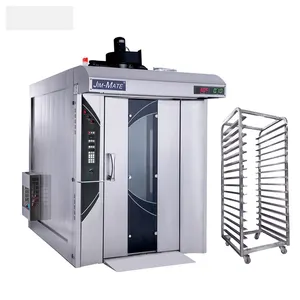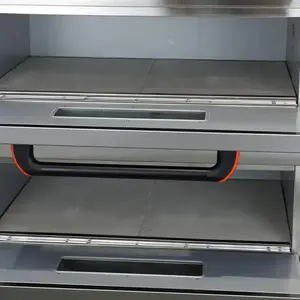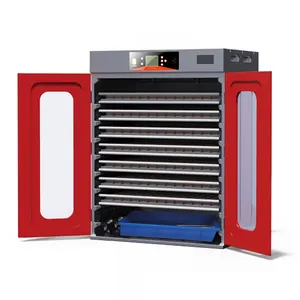Popular in your industry

































































Related Searches:






















































































































Top categories
About bread baking plant
Bread baking plants are fully-equipped facilities for mass-producing bread and other baked goods. A bread making plant usually consists of various machines and equipment, such as mixers, ovens, and cooling systems, all working in harmony to streamline the bread production process. These plants are designed for high efficiency, allowing for continuous and large-scale bread production. Moreover, the plants are designed to ensure the consistency, quality, and timely production of bread to meet the demands of retail, wholesale, or industrial buyers. This ability to produce in bulk makes them ideal for bakeries, food manufacturers, and other establishments in the food industry.
Advantages of Bread Baking Plant
One of the key benefits of a bread baking plant is its ability to automate the bread production process. An automatic bakery plant reduces the need for manual labor, leading to increased efficiency and cost savings. Additionally, automation ensures consistent product quality and adherence to specific recipes. Furthermore, these plants are highly customizable, allowing for the production of a wide range of bread types and sizes. The flexibility of bread baking plants enables manufacturers to meet diverse consumer preferences and market demands. The use of advanced technologies in these plants enhances food safety and hygiene, critical aspects of bread production.
Components of Bread Baking Plant
A bread baking plant is composed of several key components, each playing a crucial role in the bread production process. The dough mixer is a fundamental component that combines ingredients, such as flour, water, yeast, and other additives, to form a homogeneous dough. The mixing process is essential for developing the dough's structure and ensuring the even distribution of ingredients. After the dough is mixed, it undergoes fermentation to allow the yeast to leaven the dough and develop its flavor. Automatic bakery plant fermentation chambers provide controlled conditions, including temperature and humidity, to promote optimal yeast activity. Once the dough has fermented, it is divided and shaped into individual loaves or pieces. A dough divider and rounder automate this process, ensuring consistent portioning and shaping.
After shaping, the dough is proofed to allow it to rise before baking. Proofing is typically done in a proofer, where the dough is placed in a controlled environment to facilitate fermentation and volume expansion. The final and crucial step in the bread baking process is baking. Industrial bread baking plants are equipped with large-scale ovens capable of baking multiple loaves simultaneously. These ovens often feature advanced technologies, such as steam injection and precise temperature control, to achieve the desired crust and crumb characteristics. Additionally, some plants may have cooling systems that rapidly cool the baked bread to ensure proper texture and shelf stability.
How to Operate Bread Baking Plants
Operating a fully automatic bread making plant requires a systematic approach and adherence to standard operating procedures. To begin, operators should familiarize themselves with the plant's layout, machinery, and control systems. Proper training on the operation of individual components, such as mixers, ovens, and proofers, is essential. Before starting the production, it is crucial to ensure that the plant is clean and sanitized to maintain food safety standards. The next step involves setting up the plant for the specific bread recipe being produced. This includes adjusting the settings on each machine, such as mixing times, proofing temperatures, and baking parameters, to meet the desired product specifications.
Once the setup is complete, the ingredients for the bread recipe are accurately measured and loaded into the dough mixer. The mixing process is initiated, and the dough is allowed to develop the desired characteristics. After mixing, the dough is transferred to the appropriate equipment for fermentation and proofing. Throughout the production process, operators should monitor and adjust the machinery as needed to ensure consistent quality. When the proofing is complete, the dough is transferred to the oven for baking. The baking parameters, including time and temperature, should be carefully controlled to achieve the desired crust and crumb. After baking, the bread is cooled, sliced, and packaged for distribution. Regular maintenance, cleaning, and calibration of the bakery plant machine price are essential to ensure optimal performance and longevity.













































































